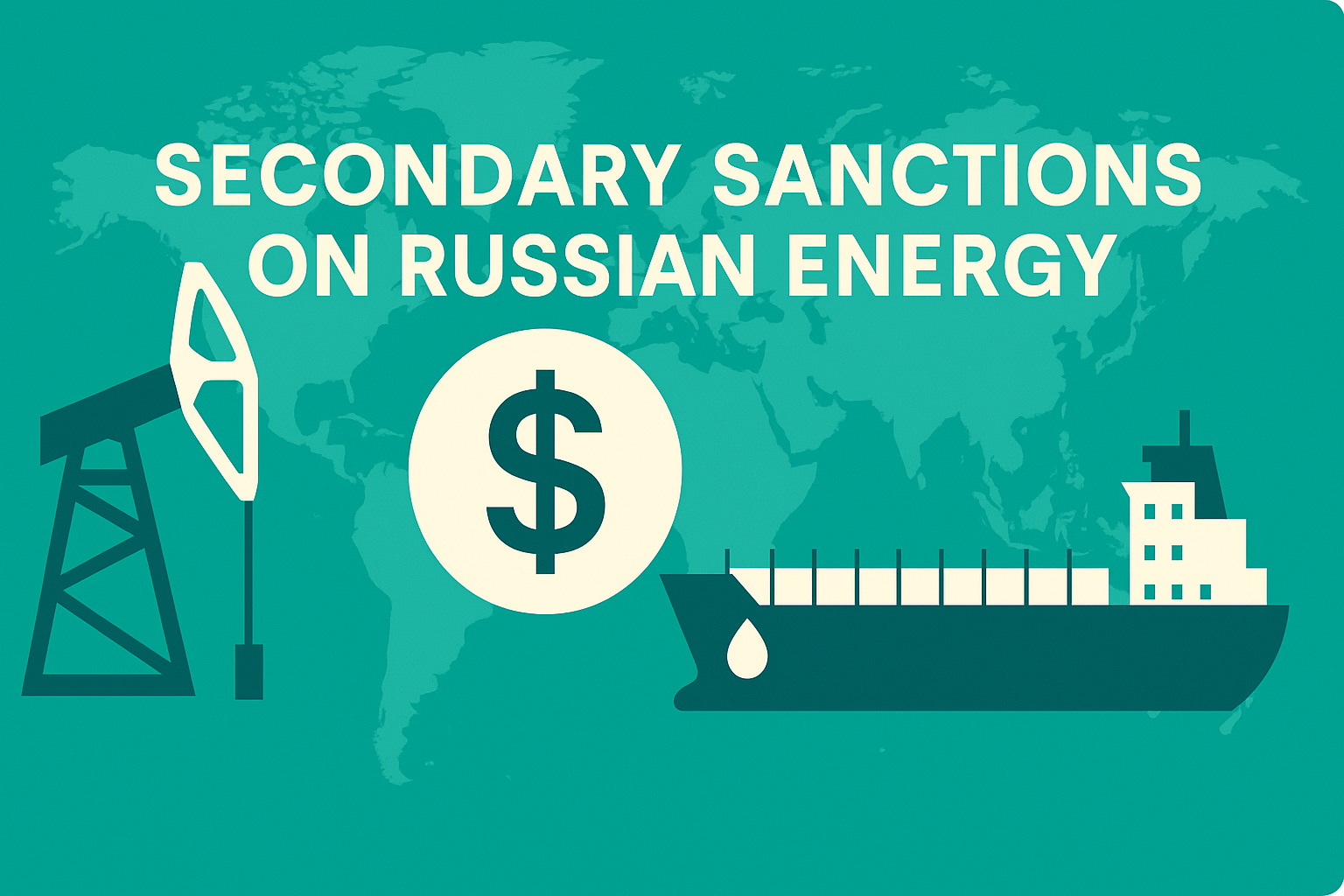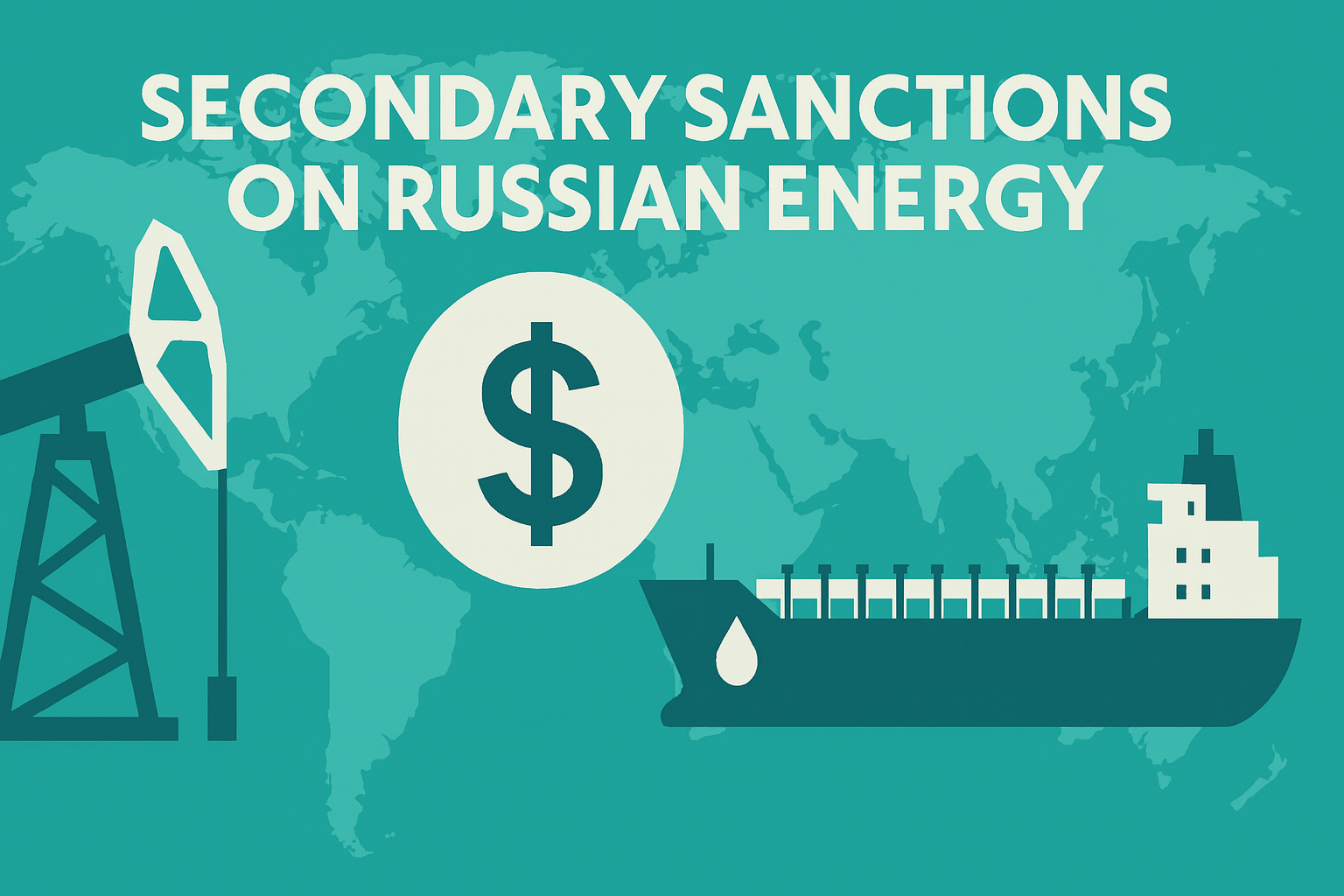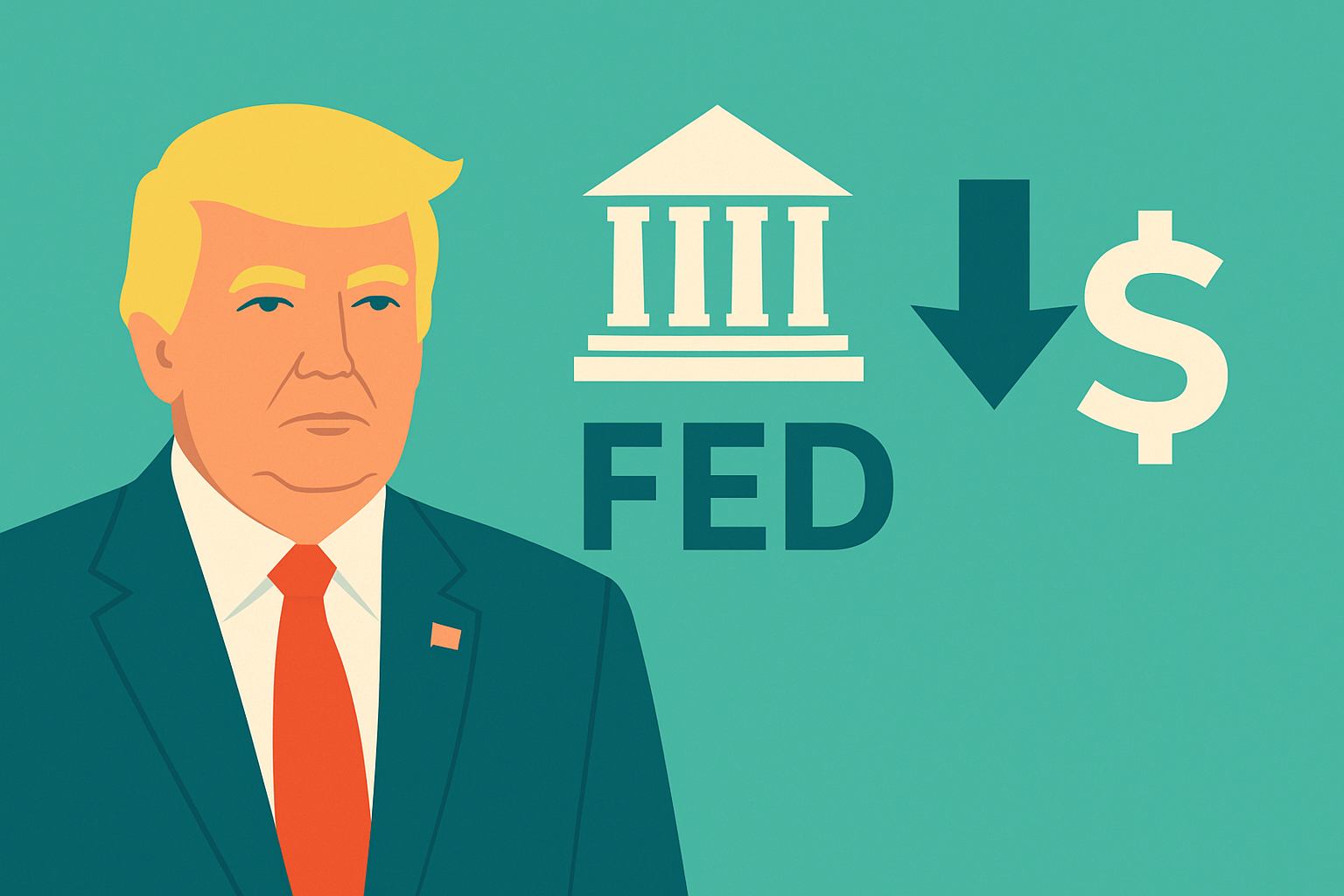―Multifaceted Analysis of Economic Impact, Diplomatic Strategy, and Policy Effectiveness―
1. Introduction
In 2025, the Trump administration, led by President Donald Trump and Senator Lindsey Graham, began actively discussing the imposition of secondary sanctions—in the form of 100% to 500% tariffs—on countries importing Russian crude oil, natural gas, and uranium. This initiative represents a shift from previous price cap strategies to a new form of indirect pressure aimed at suppressing Russia’s war economy. This report evaluates the legal and economic framework of the proposed sanctions, analyzes the responses of major purchasing countries, and assesses the broader implications for global order.
2. Outline and Objectives of the Sanctions
The proposed sanctions target third-party countries (e.g., China, India, Turkey, Brazil) that continue to import Russian energy. The core measures include:
- Imposing 100%+ tariffs on Russian-origin energy products
- Financial restrictions, including dollar-clearing bans
The primary objectives are:
- Cutting off Russia’s war financing
- Shutting down shadow fleet operations used to circumvent export controls
- Applying economic pressure on third countries to build a tighter global coalition
3. Estimated Economic Impact
3.1 Impact on the Russian Economy
Given that energy revenues account for nearly half of the Russian federal budget, the imposition of secondary sanctions could trigger the following consequences:
- A widening discount on Urals crude vs. Brent (by $10–$15 per barrel)
- A 20–30% drop in energy-related tax revenue, directly impacting fiscal expenditure
- Decline in foreign reserves → currency defense becomes difficult → domestic inflation
A 20% reduction in energy exports alone could push international oil prices up by as much as $11 per barrel and result in a revenue loss exceeding $20 billion annually for Russia (source: Russiamatters.org).
3.2 Spillover Effects on the Global Economy
- Higher energy prices → accelerated inflation in the U.S. and elsewhere
- Destabilization of global trade flows → supply chain fragmentation risk
- Potential increase in U.S. energy import costs
4. Responses and Strategies of Major Buyer Countries
🇮🇳 India
- Diversification of energy sources: from 27 countries in 2022 to over 40 by 2025
- Refiner compliance: refusal to accept non-sanction-compliant cargoes
- Diplomatic posture: “National sovereignty and energy security come first” — Foreign Secretary Vikram Misri
🇨🇳 China
- Supply chain rebalancing: increased reliance on Middle Eastern, African, and South American sources
- Logistics diversification: use of land pipelines and LNG terminals in the Russian Far East
- Official stance: “We oppose unilateral economic sanctions” — Ministry of Foreign Affairs
🏦 Shared Strategic Posture
- Both countries adopt a “neutrality strategy” to avoid entanglement in Western sanctions
- Increasing use of non-dollar transactions in energy trade (e.g., RMB, INR settlements)
5. Structural Limits of the Sanctions and Alternative Strategies
Legal and Practical Limitations
- Target countries are also key U.S. trade partners—retaliatory measures could backfire
- Potential violations of WTO rules and international economic law
- Increased anonymity in trade through shadow fleet networks and shell companies
Realistic Alternatives
- Tighter enforcement of the price cap (e.g., sanctions on insurance and financial services for violators)
- Satellite and AIS tracking of suspicious maritime logistics
- Coordinated diplomatic engagement with India and China to encourage voluntary alignment
6. Conclusion and Policy Recommendations
While secondary sanctions could theoretically undermine Russia’s fiscal capacity, careful policy design is essential to ensure effectiveness, minimize unintended consequences, and secure international support. The following policy adjustments are recommended:
| Recommendation | Description |
|---|---|
| ① Strengthen allied coordination | Harmonized sanctions architecture across the EU, Japan, and G7 |
| ② Calibrate economic sanctions | Targeted restrictions by product or company instead of blanket bans |
| ③ Enhance logistics surveillance | Use satellite, AIS, and blockchain tools for trade tracking |
| ④ Redesign diplomatic strategy | Leverage economic dialogue with India and China to build trust and restraint |
Selected References
- Reuters, India can secure oil even if Russian imports sanctioned, July 2025
- Russiamatters.org, Secondary Tariffs and Russia
- Atlantic Council, Oil, Gas and War
- Columbia Energy Policy, US Sanctions on Russia
- The Economist, The Trouble with Sanctioning Russia’s Oil Buyers, July 2025


